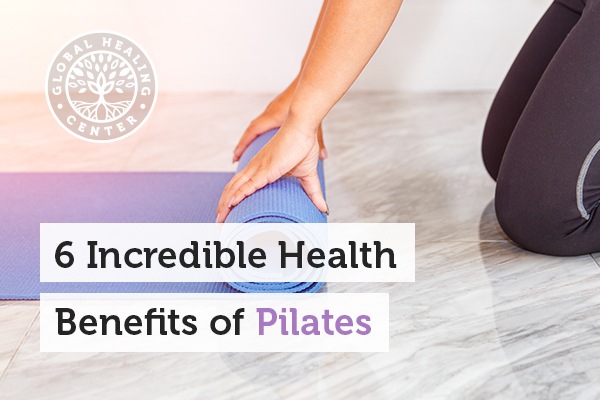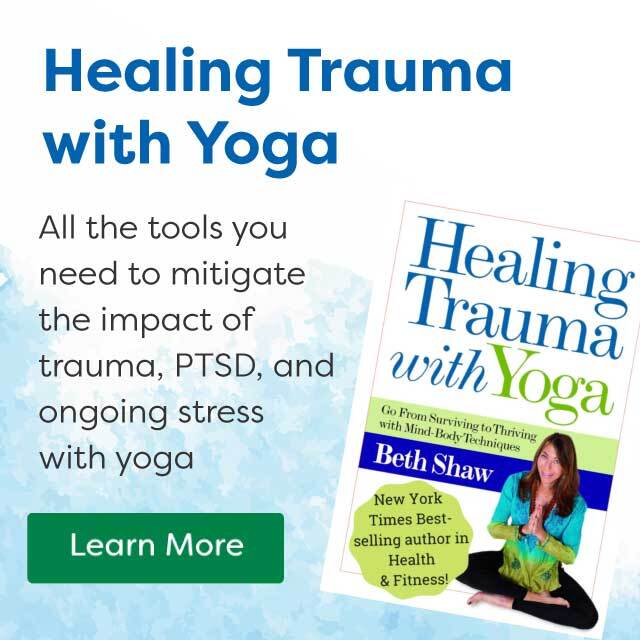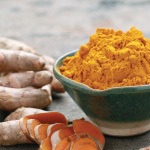
Pilates is a modern fitness regime that blends traditional cardio with yoga poses. It’s a dynamic way to improve flexibility, focus, and reduce mental and physical tension. Pilates supports metabolic function and, as exercise, simply promotes overall health. [1] With these benefits, is it any wonder it's becoming increasingly popular? Some believe that Pilates is surpassing conventional yoga, as the following 6 benefits will attest.
A Quick History of Pilates
Joseph Pilates developed Pilates after starting life as a frail child determined to change his fate. He was born in 1880 and moved from Germany to the UK in 1912. On moving to America in 1923, he opened a studio in New York where he could teach his own exercise routine to movie stars, models, and everyday people. Joseph called his approach Contrology, a title that later developed into Pilates. His system focused on strengthening the body's core, which is the basis of any good physical training program. Joseph Pilates didn't design a rigid set of rules or methods which means there are many ways to do Pilates exercises. It truly is a flexible program that anyone, regardless of fitness level, can practice.
Six Incredible Benefits of Pilates
The remarkable benefits of Pilates are defined by the 6 Principles of Pilates. Here's the basic six benefits they may provide for your health:
1. Centering
Pilates recognized that you need to center your mind and body during exercise. Sometimes referred to as the "powerhouse," the center region of the body includes the abdomen, upper and lower back, hips, buttocks, and inner thighs. All Pilates exercises begin there and flow outward toward the arms and legs. By developing the core through repetitive physical attention, you'll be less likely to injure yourself, control your movements, and move with grace. Graceful movement flows from the center of your body and requires a great deal of strength.
2. Concentration
You cannot do Pilates exercises mindlessly. All movements require that you focus on your actions; breathing and posture are the two most emphasized areas. The ability to concentrate is one of the most beneficial skills for physical fitness and everyday life. Concentration is necessary to thrive in your chosen vocation, helping hone your vision and execute goals successfully. Pilates can provide an avenue through which you can strengthen your concentration, which will certainly benefit every aspect of your life.
3. Control
The word "control" comes up again and again during a Pilates practice. Control during a fitness routine generally means focusing your mind on maintaining control over your muscle movements and not allowing yourself to become lazy. Control is often intertwined with centering and concentration, as all are necessary for maintaining mental control over your muscles. All the benefits stem from learning to control your body during and after a practice. Controlling your body and its urges is the beginning of enjoying a mindful, healthy life.
4. Metabolic Support
Exercise, including Pilates, works as a natural weight loss tool by increasing metabolic rate. [2] Pilates has shown to promote weight loss by boosting muscle mass, increasing metabolism, and decreasing anxiety. The last benefit is crucial, especially for stress eaters. Alternating Pilates with yoga, strength training, and even traditional cardio workouts is helpful for long-term, natural, weight loss.
5. Strength and Flexibility
Push up poses, lunges, and balancing poses all aid in improving strength in the upper and lower body. This strength must be maintained throughout your lifetime if you expect to live an independent lifestyle well into old age. Over time, Pilates movements promote flexibility in muscles and joints in a similar way as yoga. [3] Flexibility is extremely important for preventing injuries, especially if you're athletic. The relaxation effect of Pilates helps to create flexibility in the mind, as well. In a way, Pilates is meditation that promotes deep breathing, awareness of the present moment, and a stronger sense of self.
6. Flow
In Pilates, all exercises are performed in an elegant, flowing manner. There’s no jerky movements, no awkward positions that cause pain. All movement is designed to promote ease and well being in the body. Often, Pilates is seen to reflect one’s inner thoughts and feelings. Someone who feels off kilter may have trouble with balancing poses, and someone who has rigid thoughts or feelings may find that they have difficulty with physical flexibility. Pilates is designed to provide more flow – in thoughts, feelings, and actions – by promoting ease in breathing, movement, and thinking.
Starting Your Own Pilates Practice
Due to explosive popularity, you no longer have to travel long distances to find an experienced Pilates teacher. And even if you can't find a good local instructor, the Internet offers many free and inexpensive video tutorials designed for beginner, intermediate, and advanced practitioners. If you’re just starting out, read up on beginner poses and movements and do about 5-10 minutes worth of exercise to see how you like it. Start increasing the time and intensity slowly based on your comfort. Don't push yourself and perform movements to the extent of your current flexibility. It needs to be part of your life for the long term, there's no need to rush.
References (3)
- Vieira FT, Faria LM, Wittmann Jl, Teixeira W, Nogueira LA. The influence of Pilates method in quality of life of practitioners. J Bodyw Mov Ther. 2013 Oct;17(4):438-7. doi: 10.1016/j.jbmt.2013.03.006.
- Cakmakci O. The effect of 8 week pilates exercise on body composition in obese women. Coll Antropol. 2011 Dec;35(4):1045-50.
- Segal NA, Hein J, Basford JR. The effects of Pilates training on flexibility and body composition: an observational study. Arch Phys Med Rehabil. 2004 Dec;85(12):1977-81.
†Results may vary. Information and statements made are for education purposes and are not intended to replace the advice of your doctor. If you have a severe medical condition or health concern, see your physician.








